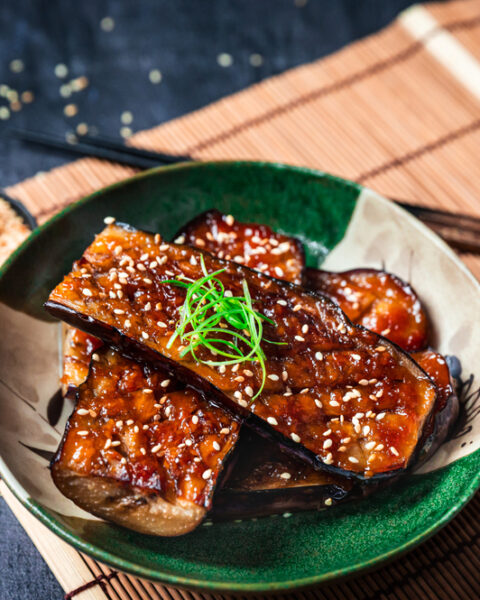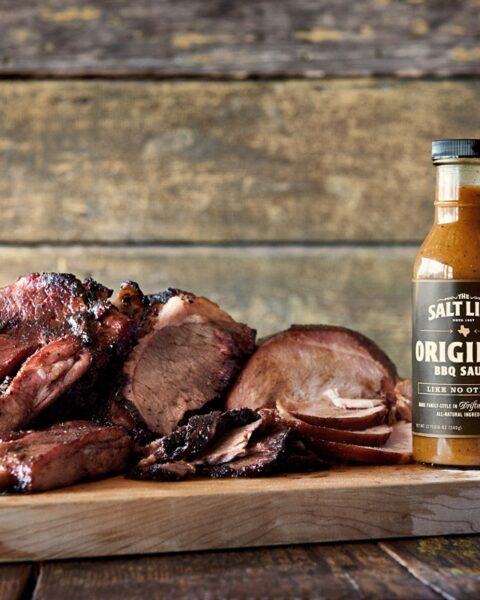Ancient grains are having a well-deserved moment, and it’s easy to see why. These wholesome grains have been around for centuries, offering a mix of nutrition, flavor, and versatility that modern grains just can’t match. Let’s dive into all the reasons why they’re worth cooking with and why your pantry might need a little upgrade.
Contents
- 1 Nutrient-Rich Profiles
- 2 High Fiber Content
- 3 Low Glycemic Index
- 4 Gluten-Free Options
- 5 Rich in Antioxidants
- 6 Supports Heart Health
- 7 Enhanced Digestive Health
- 8 Sustainable and Environmentally Friendly
- 9 Versatility in Cooking
- 10 Supports Weight Management
- 11 Provides Essential Amino Acids
- 12 Rich in Trace Minerals
- 13 Supports Immune Health
- 14 Promotes Satiety
- 15 Preserves Culinary Heritage
- 16 More From RetailShout
- 17 13 Aldi Meat Products, Ranked
- 18 12 Extravagant Costco Holiday Gifts You Need to See in 2024
Nutrient-Rich Profiles
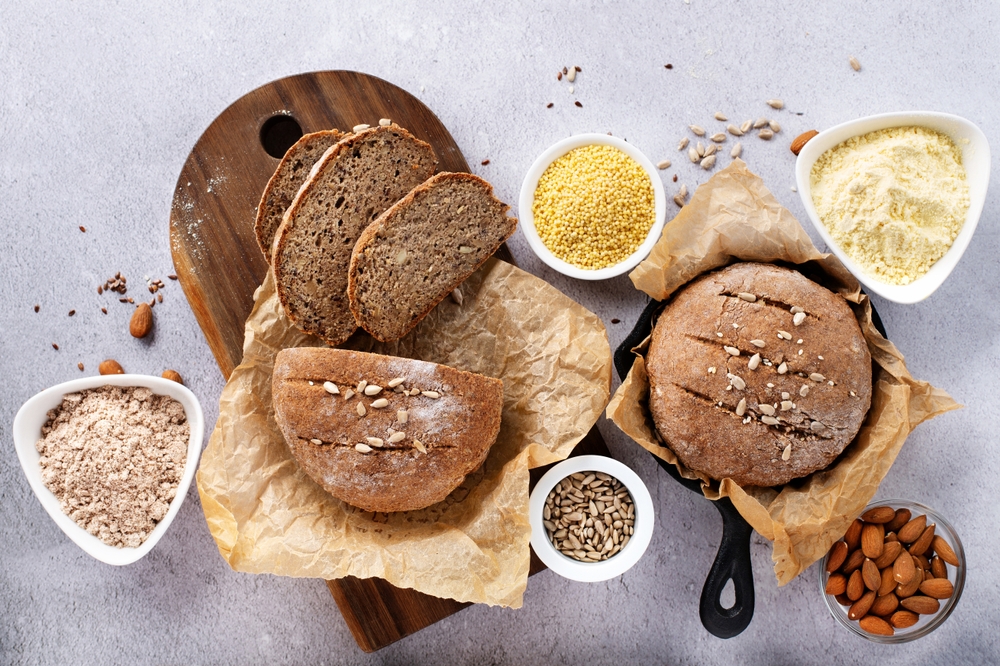
Ancient grains like quinoa, amaranth, and spelt are packed with essential nutrients, including protein, fiber, vitamins, and minerals. For instance, quinoa is a complete protein, containing all nine essential amino acids, making it an excellent choice for vegetarians and vegans. Amaranth is high in iron and calcium, supporting bone health and oxygen transport in the body. Spelt provides a good source of manganese and zinc, which are vital for metabolic processes and immune function. Incorporating these grains into your diet can help meet daily nutritional requirements.
High Fiber Content
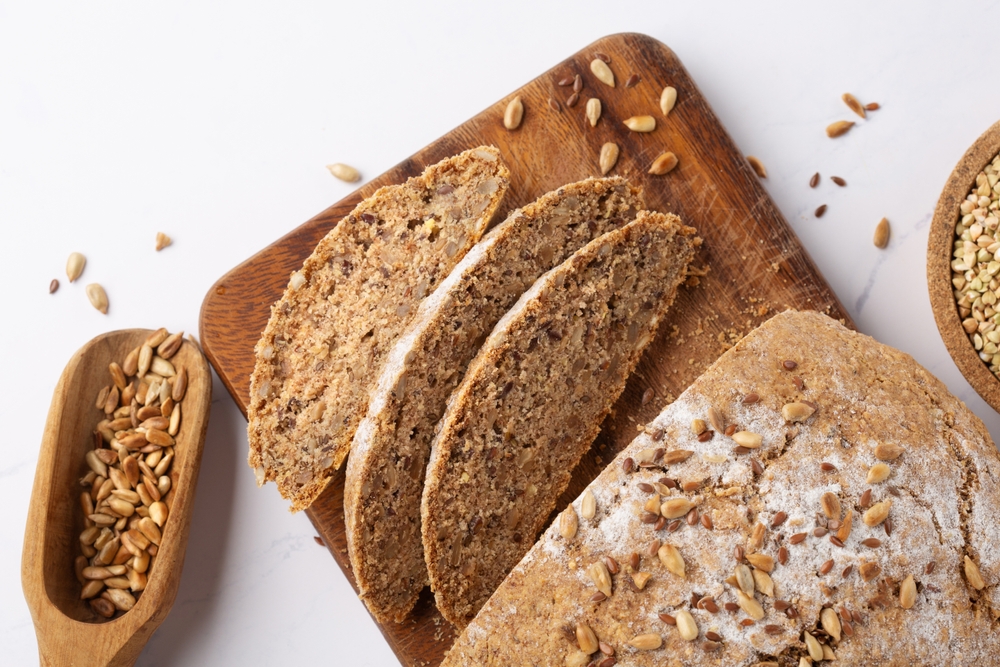
Many ancient grains are rich in dietary fiber, promoting healthy digestion and aiding in weight management. Fiber helps regulate bowel movements and can prevent constipation. It also contributes to a feeling of fullness, reducing overall calorie intake. Regular consumption of fiber-rich foods like ancient grains has been linked to a lower risk of developing heart disease and type 2 diabetes. Including ancient grains in your meals supports overall digestive health.
Low Glycemic Index

Ancient grains such as barley and quinoa have a low glycemic index, leading to gradual increases in blood sugar levels. This slow digestion and absorption process helps maintain steady energy levels and can aid in blood sugar control. For individuals managing diabetes or insulin resistance, incorporating low-GI foods like ancient grains can be beneficial. Consuming these grains may also reduce the risk of developing type 2 diabetes. Including ancient grains in your diet supports sustained energy and metabolic health.
Gluten-Free Options
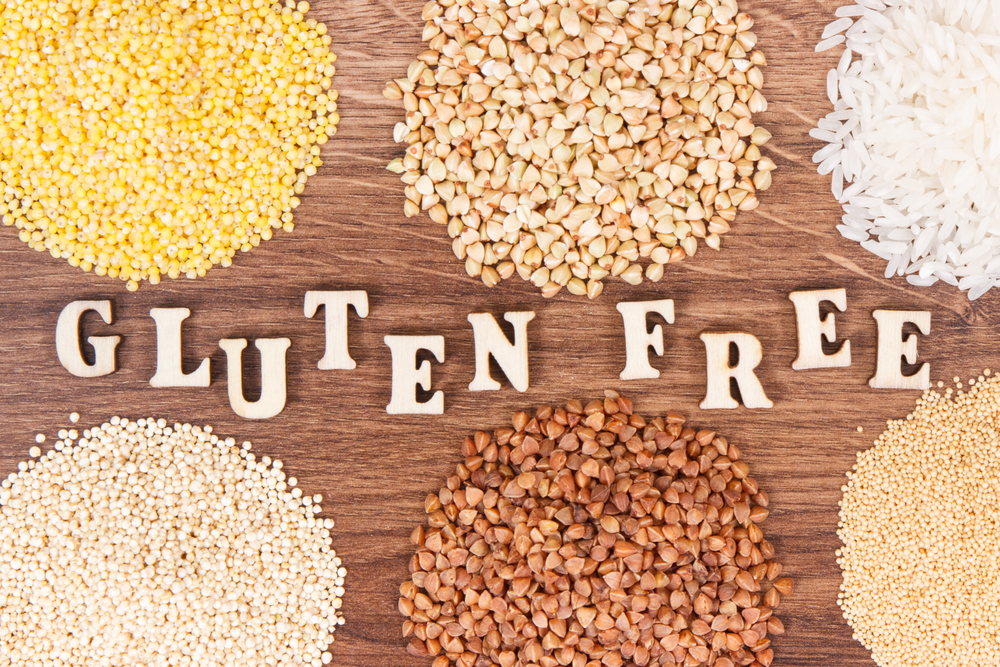
Several ancient grains, including quinoa, amaranth, millet, and teff, are naturally gluten-free. This makes them suitable alternatives for individuals with celiac disease or gluten sensitivities. Incorporating these grains allows for dietary diversity without compromising health. They can be used in various recipes, from salads to baked goods, providing versatility in gluten-free cooking. Utilizing gluten-free ancient grains can enhance the nutritional quality of gluten-free diets.
Rich in Antioxidants
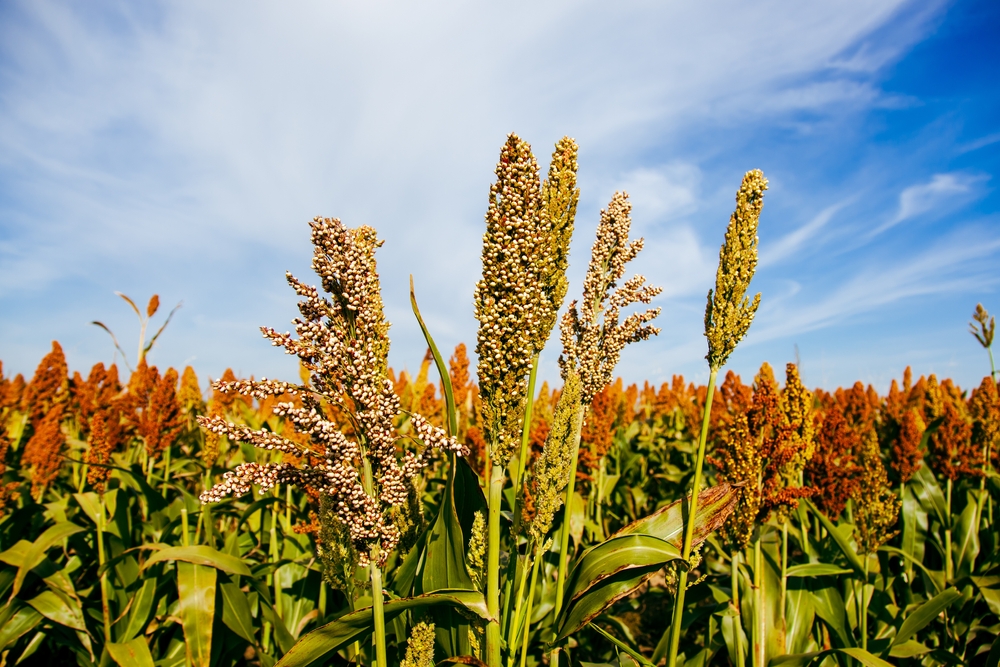
Ancient grains like sorghum and teff are abundant in antioxidants, which help combat oxidative stress and reduce inflammation. Antioxidants neutralize free radicals, protecting cells from damage. This protective effect can lower the risk of chronic diseases such as heart disease and cancer. Including antioxidant-rich grains in your diet supports overall health and longevity. Consuming a variety of ancient grains ensures a diverse intake of beneficial compounds.
Supports Heart Health

The high fiber content in ancient grains contributes to heart health by helping to lower cholesterol levels. Soluble fiber binds to cholesterol in the digestive system, facilitating its removal from the body. Regular intake of fiber-rich grains can reduce the risk of cardiovascular diseases. Additionally, the presence of antioxidants in these grains further supports heart function. Incorporating ancient grains into your meals promotes a heart-healthy diet.
Enhanced Digestive Health

The fiber in ancient grains aids in maintaining a healthy digestive system by promoting regular bowel movements. It also supports a balanced gut microbiome, which is essential for overall health. A diet rich in fiber can prevent digestive disorders such as constipation and diverticulosis. Including ancient grains provides prebiotics that nourish beneficial gut bacteria. This, in turn, enhances nutrient absorption and immune function.
Sustainable and Environmentally Friendly

Cultivating ancient grains often requires fewer resources and less intensive farming practices compared to modern grains. Many ancient grains are resilient and can grow in diverse climates, reducing the need for chemical inputs. This makes them a sustainable choice for environmentally conscious consumers. Supporting the growth and consumption of ancient grains can contribute to agricultural biodiversity. Choosing these grains helps promote sustainable food systems.
Versatility in Cooking
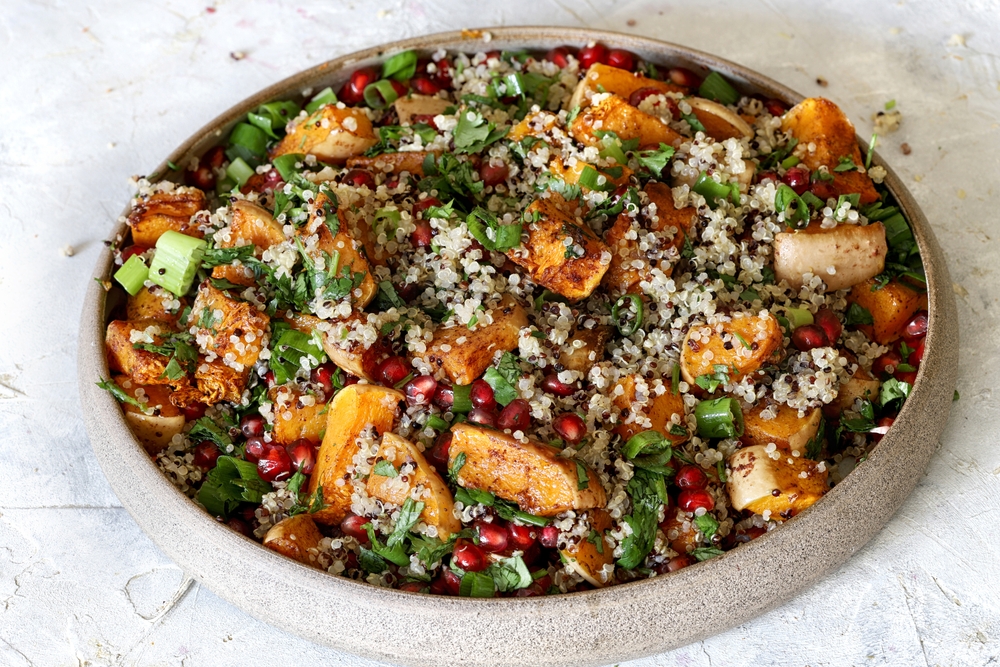
Ancient grains can be used in a wide array of dishes, from salads and soups to baked goods and breakfast cereals. For example, quinoa can serve as a base for salads, while spelt flour can be used in baking bread. Their unique flavors and textures add depth to meals, enhancing culinary experiences. Experimenting with different ancient grains can diversify your diet and culinary skills. This versatility makes them a valuable addition to any kitchen.
Supports Weight Management

The combination of high fiber and protein content in ancient grains promotes satiety, helping to control appetite and reduce overall calorie intake. Feeling fuller for longer periods can aid in weight management and prevent overeating. Including these grains in meals can be an effective strategy for those aiming to maintain or lose weight. Their nutrient density ensures that you receive essential vitamins and minerals even while consuming fewer calories. Incorporating ancient grains supports a balanced approach to weight control.
Provides Essential Amino Acids
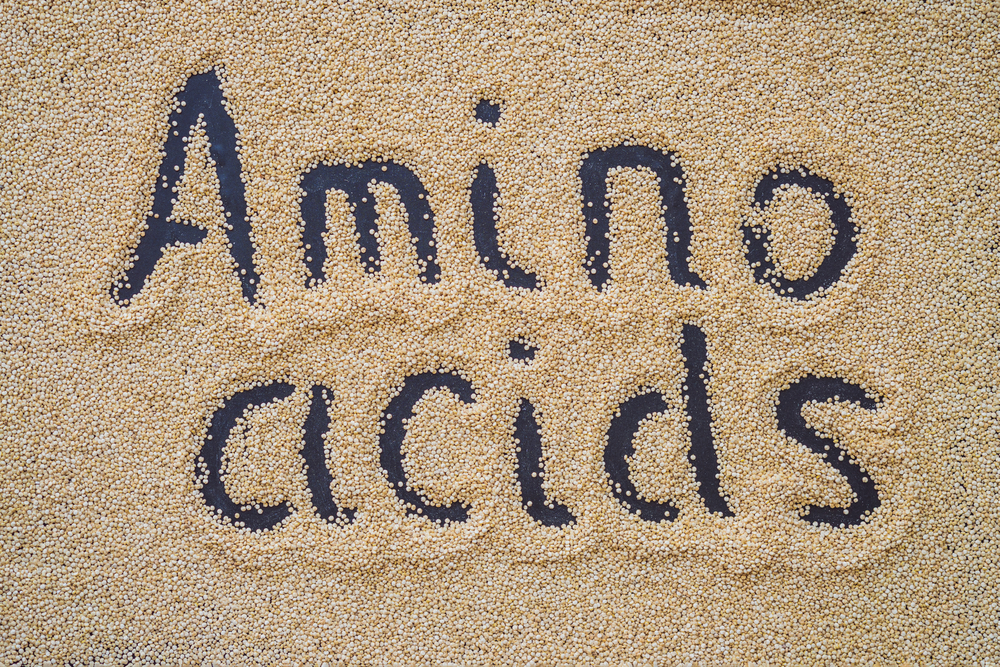
Some ancient grains, such as quinoa and amaranth, contain all nine essential amino acids, making them complete protein sources. This is particularly beneficial for individuals following plant-based diets, as it ensures adequate protein intake. Consuming complete proteins supports muscle development, immune function, and overall health. These grains can easily be incorporated into daily meals to boost nutritional quality. With their high protein content, ancient grains help meet dietary protein requirements without relying solely on animal products.
Rich in Trace Minerals

Ancient grains are excellent sources of trace minerals such as magnesium, zinc, and selenium, which play crucial roles in maintaining health. Magnesium supports bone health, nerve function, and energy production, while zinc boosts immunity and aids in wound healing. Selenium is a powerful antioxidant that helps protect cells and supports thyroid health. Consuming grains like teff, spelt, and millet ensures a steady intake of these vital nutrients. Including ancient grains in your diet can help prevent mineral deficiencies and promote overall wellness.
Supports Immune Health

The rich nutrient content of ancient grains, including vitamins, minerals, and antioxidants, strengthens the immune system. Zinc in grains like quinoa and spelt enhances immune function by supporting the production of immune cells. Selenium and vitamin E, both found in some ancient grains, work together to combat oxidative stress and support cellular health. Regularly consuming ancient grains can help reduce susceptibility to illnesses and promote quicker recovery. Adding them to your meals is a natural way to fortify your immune defenses.
Promotes Satiety

Ancient grains are filling due to their high fiber and protein content, making them a great choice for curbing hunger. They slow digestion, which helps maintain energy levels and keeps you feeling full for longer periods. This satiety can aid in managing portion sizes and preventing snacking between meals. Incorporating ancient grains like farro or barley into your diet can help support healthy eating habits. Their satisfying nature makes them ideal for those looking to balance their caloric intake without compromising nutrition.
Preserves Culinary Heritage
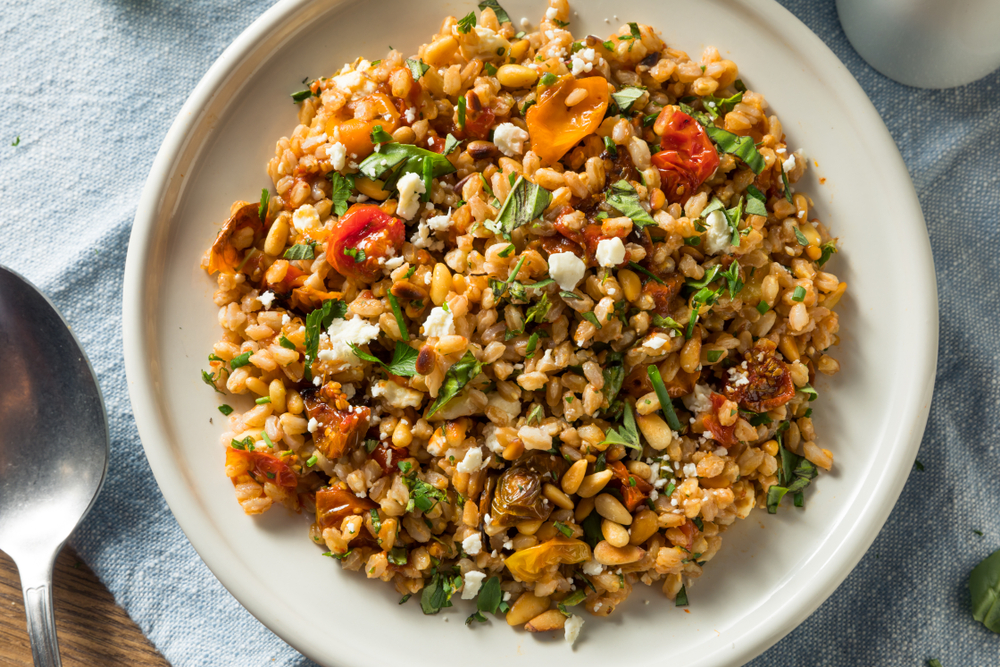
Cooking with ancient grains honors the culinary traditions of cultures that have relied on these grains for centuries. Grains like farro, spelt, and millet have been staples in Mediterranean, African, and Asian cuisines, respectively. Incorporating these grains into modern cooking celebrates diversity and history while introducing new flavors and textures to your meals. Ancient grains also serve as a reminder of the resilience and resourcefulness of early agricultural practices. Choosing them not only enhances your diet but also connects you to a rich global food heritage.
This article originally appeared on RetailShout.
More From RetailShout
15 Costco Holiday Desserts to Sweeten Your 2024 Celebration

The holiday season is a time for joy, celebration, and, of course, indulging in delicious desserts. Costco, known for its unbeatable deals and variety, brings an impressive selection of holiday treats to make your gatherings even sweeter. Read More.
13 Aldi Meat Products, Ranked

Aldi has a great reputation for offering quality products at affordable prices, and their meat selection is no exception. From chicken to beef, you can find a variety of cuts that suit every meal. Read More.
12 Extravagant Costco Holiday Gifts You Need to See in 2024

The holiday season is all about joy, giving, and finding the perfect gifts for your loved ones. Costco, known for its great deals and high-quality items, has gone above and beyond this year with an array of extravagant holiday gifts. Read More.

